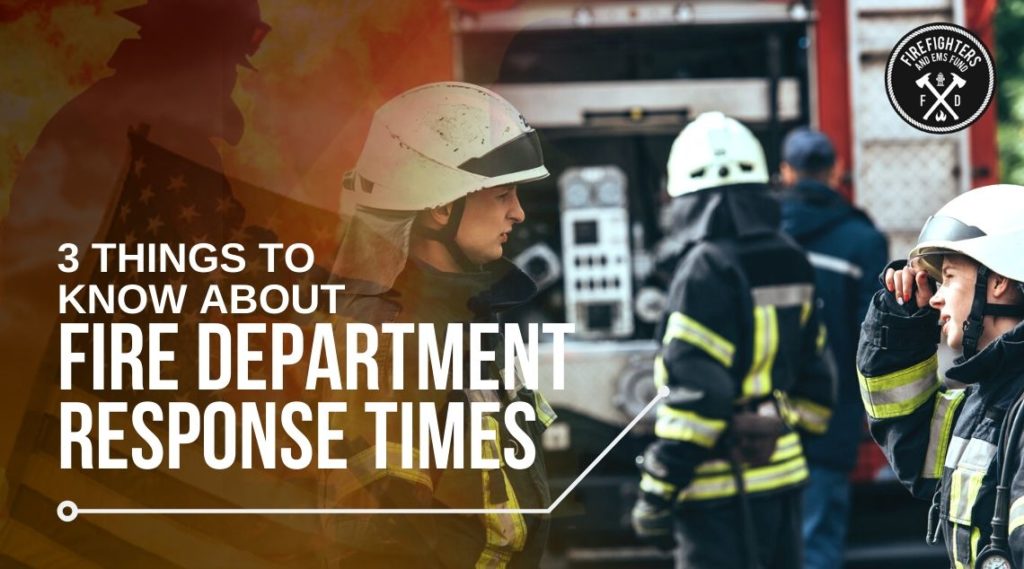In a fire or other emergency, there is one thing that matters almost more than any other, response time. Every other aspect of the job firefighters perform hinges on the critically important factor of time. A few minutes could be the difference between preserving life and property or allowing it to be completely destroyed.
Fire departments throughout the country obsess over their response times, and it is a defining statistic on the overall effectiveness of public safety. Here are three key things you should know about fire department response times.
Response times determine resource allocation

Response time data is critical for fire departments to determine where best to allocate their resources. Dr. Lori Moore-Merrell, President and CEO of the International Public Safety Data Institute, explains in a recent report that response times help departments allocate their resources to higher risk areas. For example, if a department is called multiple times a day to the same area or neighborhood, response times in other areas may suffer. This data could help fire departments determine that additional resources are needed to effectively serve the entire community. This could mean hiring more firefighters, purchasing a new apparatus, or even opening a new station altogether. Indeed, response times are critical for fire departments as they assess their budget and resource needs.
Time of day a major factor for response times
A study released in 2018 concluded that time of day had the greatest effect on response times. Not surprisingly, graveyard shift response times (12am – 6am) were the slowest. Of course, there are generally fewer firefighters on duty ready to respond to emergencies during those times. Interestingly, the same study indicated that the layout of a fire station could also affect response times as well. With fire stations featuring dormitories above the garage most adversely affecting efficiency.
Seconds are critical
When fire departments analyze their response times, they are really analyzing seconds in time. For example. NFPA 1710 standard states that “The fire department’s fire suppression resources shall be deployed to provide for the arrival of an engine company within a 240-second travel time four (4) minutes to 90 percent of the incidents.” That means every second counts, including call answering time (15 seconds), call processing time (60 seconds), and turnout time (80 seconds). Unfortunately, 34% of large cities do not meet those standards. Indeed, it is a very hard standard to meet.
When measuring the effectiveness of fire departments, response times are the key indicator. It determines if more resources are needed to effectively serve and protect communities. Therefore it is crucial that local governments take these statistics seriously and allocate resources according the the specific needs of their local fire departments.
Volunteer firefighters are crucial to emergency response capabilities for those communities but there is a growing shortage of volunteer firefighters that has many fire chiefs across the country scrambling to recruit new volunteers. So why is there a growing shortage of volunteer firefighters in the United States and what are local fire departments doing to combat the shortage. Here are some facts on the growing volunteer firefighter shortage in the United States.









